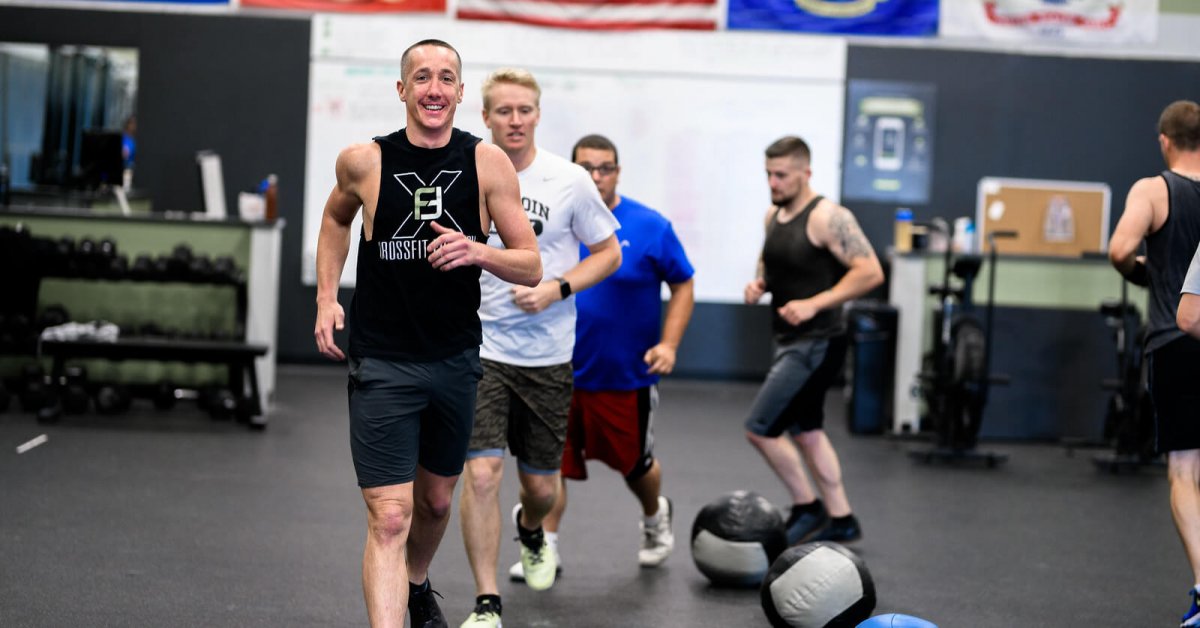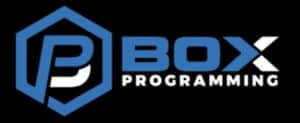I can’t tell you how many times I’ve heard the logic “program for the best, scale for the rest,” and I think I understand it but also think there is a better solution.
If more than 98% of our clients are “the rest” then shouldn’t their goals take precedence? You know things like looking better, reduce stress, and boost confidence?
Considering these are the goals of nearly ANY athlete that decides to join a local box I think a better approach is putting them first.
Almost none of these people are interested in competing in CrossFit and even if they decide to later-on they’ll be better off seeing we will have built their base and improved their limiting factors.
In 12 years of doing CrossFit, I’ve yet to meet one person that joins a box with aspirations of competing. Not one single person!
If that’s not telling, I don’t know what is.
Over the past 5 years, I’ve spoken with upwards of 600 box owners. It’s almost impossible to not smile early in the conversation because they all say the SAME EXACT THING!
“We just have regular people”
“No one wants to compete in CrossFit”
“Everyone just wants to look better”
And so on.
So this brings me to this point: If EVERYONE wants to look better why are we still programming for the best and scaling for the rest!? The best refers to those that want to compete in the sport of fitness.
Often times coaches project their own goals onto their clients and it’s not uncommon to see many coaches that want to be better CrossFitters. No surprise there. But this is a huge mistake and only do our general population athletes a disservice.
Intensity is NOT relative
Another common echoing is that everything with programming is “relative” and while there is some truth to that if you’re tailoring your programming to the competitor, you’re completely negating the needs of the clients that pay your bills. Let me explain.
Let’s consider this workout scenario:
5 Rounds for time:
15 Overhead Squats
12 Power Snatch
9 C2B Pull-ups
No doubt this is a great workout that is definitely going to be challenging, but for who?
Clearly, the CF competitor would find such training advantageous, but if you’re just trying to improve your body-composition what’s the best option for you?
In my mind, it would need to be a completely different workout all together as the effectiveness of this workout is highly-dependent on one’s level of skill with the snatch, overhead squat, and chest to bar pull-up.
Instead, we could go the route of:
5 Rounds for time:
15 Front Squats
12 Deadlifts
9 Bar Facing Burpees
While providing an Rx+ Competitor Option of:
5 Rounds for time:
15 Overhead Squats
12 Power Snatch
9 C2B Pull-ups
In this case, we are programming for the majority of our clients in which many folks could receive the benefit of this workout without being limited by lower levels of skill.
You may be thinking that one workout involves upper-body pulling and one does not, but there are much more effective ways to build your clients upper-body pulling strength than 45 Band-assisted pull-ups.
To prove my point, I opted for a more metabolically demanding movement (the burpee.) We’ll save the “scaling” discussion for another article.
The nature of the workout is still globally demanding but will provide a stimulus comparable to the “Rx+” while including more of your clients.
On the other hand, the folks that want to compete have an option that will test their higher-level of ability. Everyone wins.
That’s not to say we do not program higher-skill workouts from time-to-time, we do, but we should ALWAYS be mindful of how our audience is going to benefit from what we put out.
What’s the difference?
On the surface, the differences in the approach may seem negligible, but let’s consider the psychology here.
When a coach is able to remove their own biases when writing programming and consider the goals of the MAJORITY of their clients, great things happen.
As coaches, we start to become more innovative about ways we can improve our clients’ fitness.
Injury rates drop and there is more consistency with your clients’ results simply because the programming aligns with more people’s abilities.
We start to see less burnout amongst our clients because now the objectives are clear in each session allowing for a better distribution of volume/intensity.
We’ll be able to effectively remove doubts from your clients’ minds in terms of them being able to decide which scaling options best align with their abilities.
Most importantly, more of your clients will enjoy the programming. No one wants to feel like they suck on the regular.
Trade-offs
Many of you may be thinking that by avoiding high-skill work your clients will never get better at things like C2B pull-ups and Handstand push-ups.
I’m not saying to NEVER perform high-skill work.
What I’m saying is that if we prioritize lower-skill work (hypertrophy work for instance) we can simultaneously improve form and function.
For example, nearly all of our client’s athletes improve their Oly numbers albeit I program the lifts far less than any other programmer.
Similarly, we spend a lot of time performing direct bicep and upper-back work and regularly see improvements in people’s pull-ups.
Why? Because we increase the strength of the primary muscle groups that assist these movements.
As a result, higher skill movements improve organically, athletes look better, and your clients are less likely to sustain an injury. Rocket-science.
Bringing it all together
At the end of the day, people want to look better, feel better, and function in their everyday lives with enough energy to do what they love outside the gym.
We have the opportunity to provide a better approach to fitness if we’re able to be mindful of these goals.
Just because you want to get better at your ring muscle-ups doesn’t mean your clients do.
And if a few people do want to learn the ring muscle-up that’s the perfect opportunity for you to offer a one-on-one personal training session!
My challenge to you
Look at the last two weeks of your programming. How many of your conditioning pieces involve high-skill movement patterns? If it’s more than 50% of the 14 workouts then it may be time to rethink your plan.
And if you want to save time, open up your mind to a different way of approaching group programming – check us out here.


